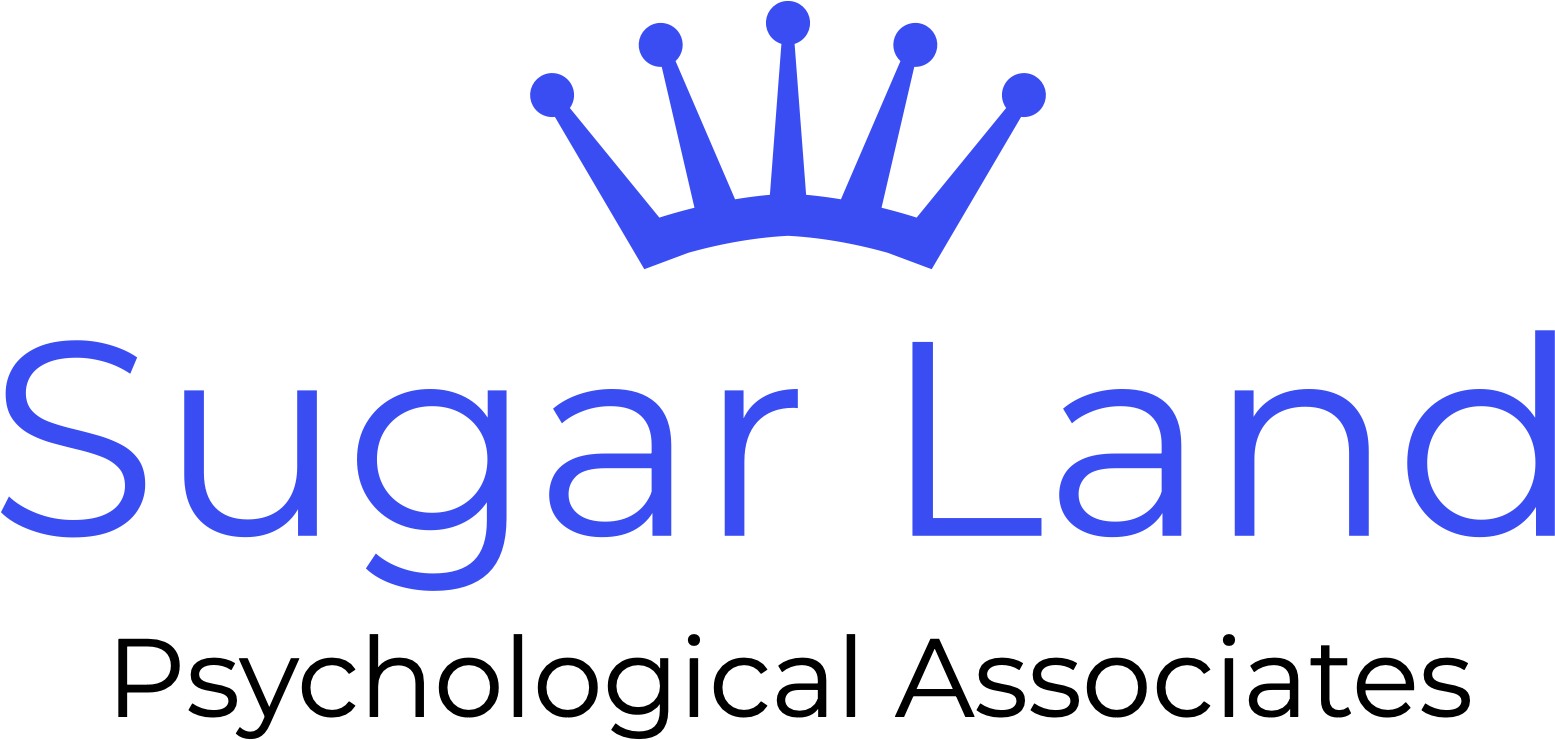You’re probably aware that there is a “mental health crisis” in the U.S. There are several contributing factors, of which include things like having a lack of available providers, retirement of current providers, providers not accepting health insurance, wait times, a lack of generalists and the rise of specialists, and the increasing rise and dominance of the “cash pay” model. Collectively, these factors are understandably leading to a significant gap between available services and the people who would benefit from them. Today’s blog will highlight a few tips to consider as you try to navigate finding a provider that can help you in a timely and affordable manner.
First and foremost is the actual search process – likely for most people, this usually starts with a Google search only to be overwhelmed by various search results that are “organic,” location-based, or paid advertisements. I typically recommend people to stick with some tried and true directories that are free to the public, such as Psychology Today and Mental Health Match (please note: I have zero financial ties to these directories…I just like them the most). These directories allow you to filter and even match you to a list of providers who have expertise and experience with the challenges you are facing – they also filter by method of payment (e.g., insurance and cash pay). Ideally, I recommend people to filter their search based on the challenges they face, time frame to be seen for their first appointment (i.e., within one to two weeks), and then by method of payment/cost. If you have insurance, you may find that it a bit challenging as more and more mental health providers are either opting to not get contracted with insurance carriers, or, are flat out terminating their contracts with them – often due to the administrative burdens placed by the insurance company and their low reimbursement rates. Effectively, this is forcing people to decide whether or not to pay out of pocket or to suffer…but wait, I have an idea.
We can’t force providers to accept insurance, thus, a hybrid approach I recommend is the cash pay option with some slight modification. You will find that providers typically vary in their cash pay rates, however, even if you find a provider charging $200 to $250 an hour, not all is lost. You can opt to see your provider once every other week, which will translate to roughly $100 to $125 for the month which can be more manageable. Another alternative is to join a group which is often markedly reduced (e.g., $40 to $90 for a 90 minute session). The advantages of group is that you get to address the challenges you face with added support, insights, and recommendations by other group members and the mental health provider. These two recommendations could help you get connected with services in a timely manner while not making you go broke; they can also make a significant improvement in your lives – allowing you to do/feel better at work, school, and your relationships. The question really becomes, is what you are doing sustainable? If so…then disregard everything I just said, and best of luck, but if not, give these recommendations a try. Worst case scenario, you wasted $100 to $125 (individual therapy), or $40 to $90 (group therapy) that month.



